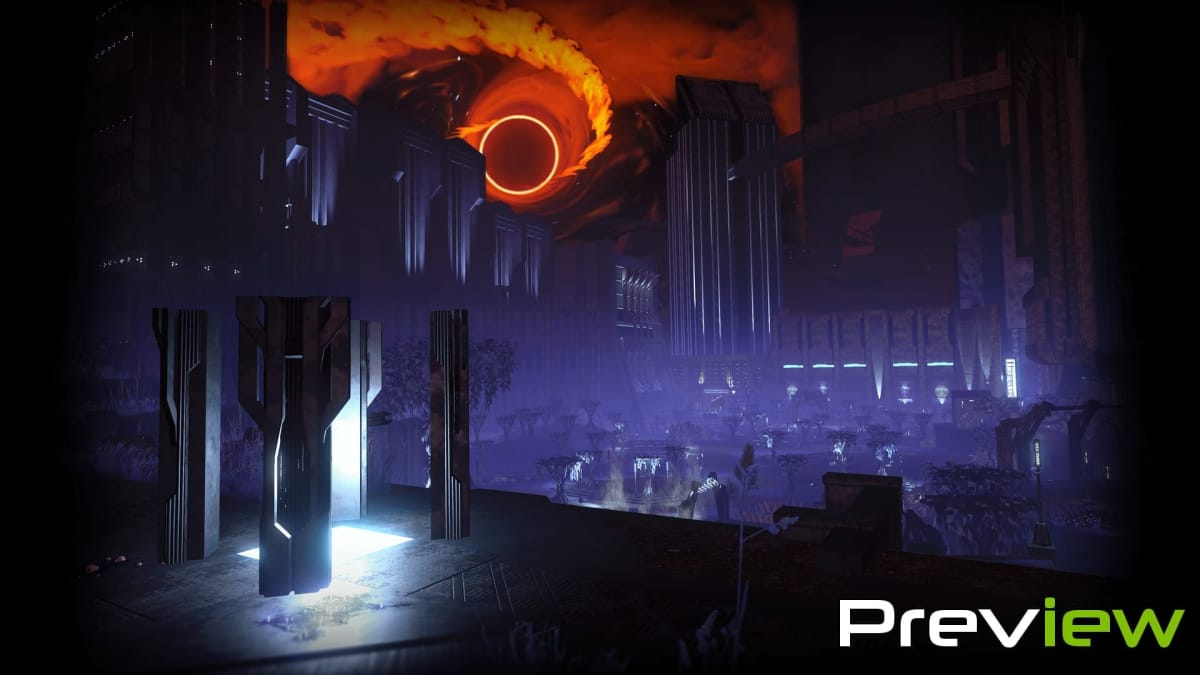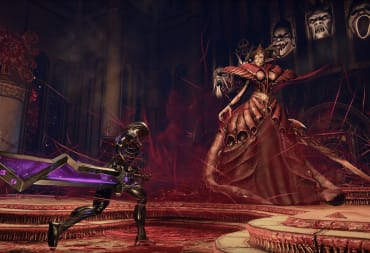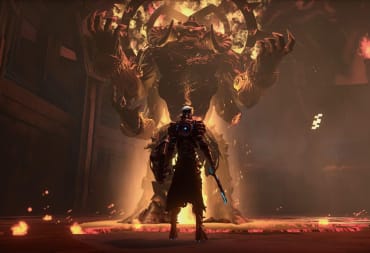Every now and then, we get a genre-defining game. One that impacts not just the way games are discussed, but the way they’re designed. Perhaps the most explosive of these in recent memory is From Software’s Dark Souls. It’s no secret that Dark Souls has inspired a myriad of titles. However, even as the number of Soulslikes continues to swell, few have come out looking quite like Hellpoint.
A Desolate, Mangled World
Hellpoint is set on Irid Novo, a space station orbiting an eerie black hole. Your mission is to explore the station, encountering new enemies and areas along the way as you work to discover what exactly turned the once magnificent structure into a nightmarish hellscape. Unfortunately, like other games with bound settings (in this case, a derelict space station), there isn’t always a ton of aesthetic diversity between areas. Some areas have features that shift the tone, but a hefty portion could be described as a “desolate technoscape.” If you love that setting, you’ll be happy. If not, you may find some areas feel stagnant after a while.
There is a considerable amount of exploration, largely due to the ability to jump (useful both vertically and horizontally), which makes for decent platforming. Many areas are hard to reach, either due to key requirements or hidden paths. There are several items (and at least one checkpoint) that I could see but couldn't reach, which bodes well for those who enjoy periods of elaborate exploration.
The basic shape of the story is fairly straightforward. Your primary goals are often delivered explicitly via dialogue. However, the finer details aren’t so transparent. The player can uncover the specifics through item descriptions and environmental storytelling—no doubt a page from the Dark Souls school of lore. There are a few significant choices, some of which may affect your route (including which bosses you encounter). I’m torn on this. It denies access to content (at least for a while) while also enhancing replay value. Cradle Games, the studio behind Hellpoint, states that there will be multiple endings, so it's possible that these routes correspond, directly or indirectly, to each end. Like the setting, the story itself isn’t extraordinarily original. Whether it succeeds or not depends entirely on execution in the final product. If it stays on its current course, the story will be at least passable. With the right finesse, it could end up being a real strength.
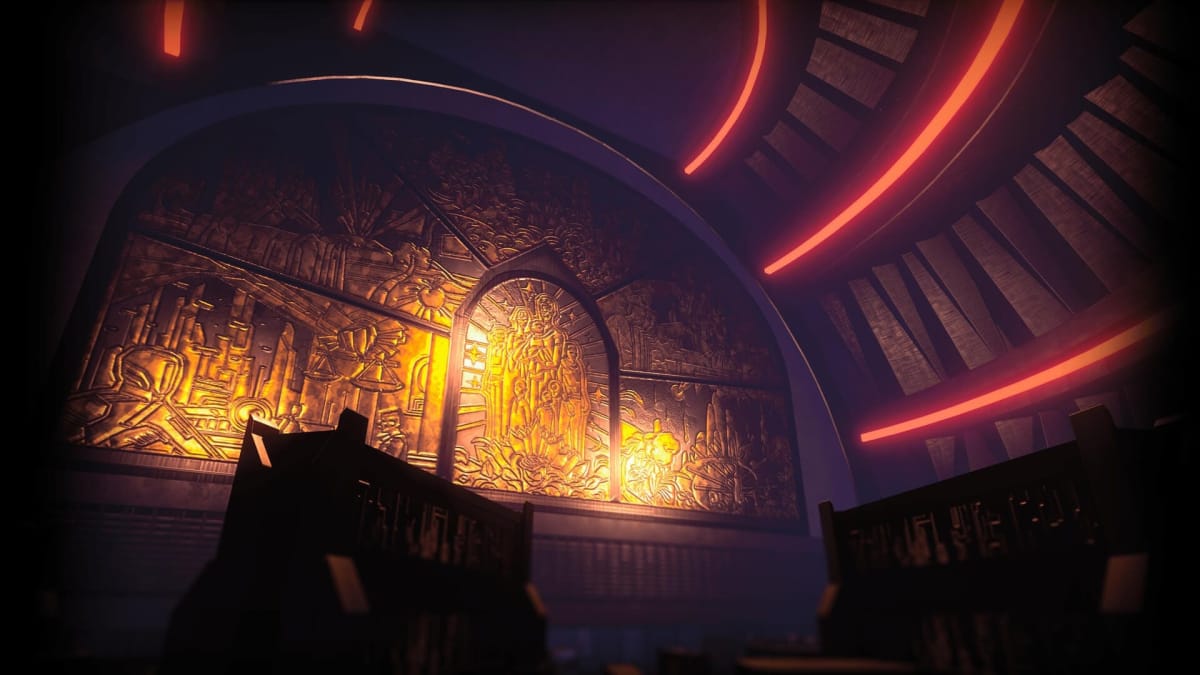
Hellpoint's Fluid Combat
Hellpoint features many of the staples of Soulslike combat. Hard-hitting enemies. Challenging bosses. A lack of healing items. As usual, the stamina meter is key, draining whenever you attack, defend or dodge. If you’re greedy with your aggression and run out while surrounded by enemies, you’re in trouble.
Balancing offense and defense is a big part of what makes this style of gameplay satisfying. Hellpoint handles this dimension competently, largely due to its focus on mobility-oriented attacks. Many of your strongest attacks come from your rolls, dashes, and backsteps. At times, this can lead to combat that feels sluggish, since one misdirected movement can lead to multiple missed attacks. For the most part, mobility-based attacks (especially backsteps) feel smooth and effective.
Armor sets are reasonably diverse, offering different combinations of defense types (physical, energy, etc). Weapons, on the other hand, have an extra feature that makes them a little more interesting. As you inflict damage with a weapon, it gains experience points, and every time that weapon levels up, you unlock a new weapon ability. This ability might be a buff, a long-range dash, a ranged attack, or something entirely different.
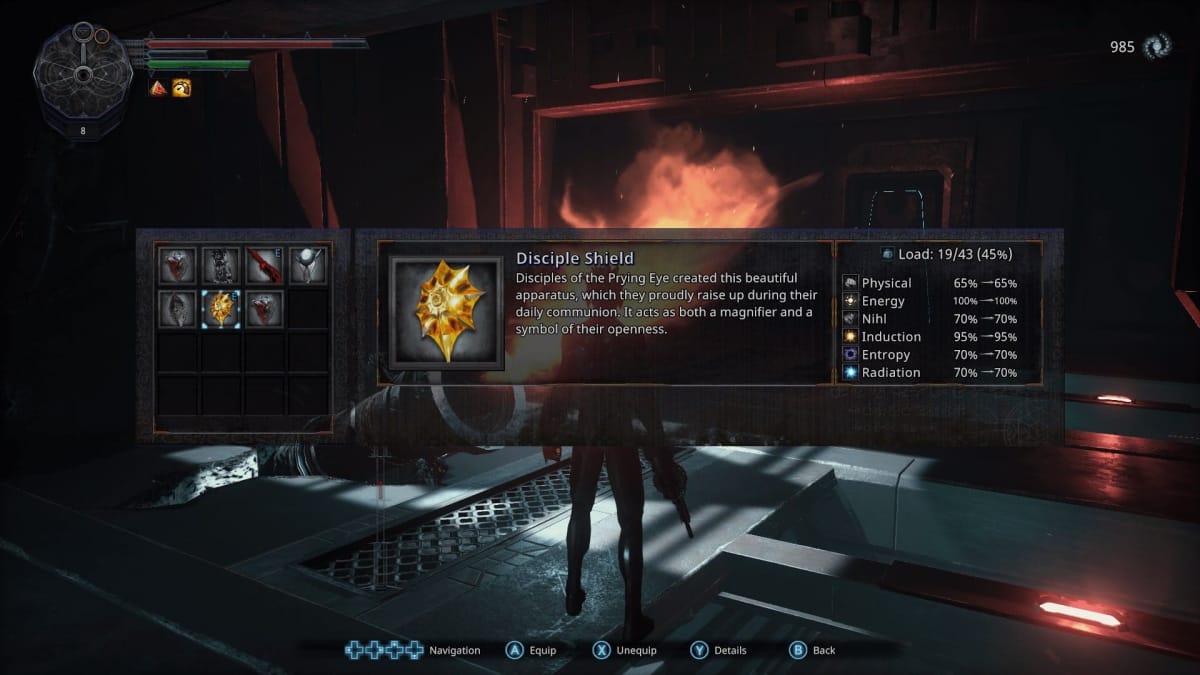
You heal via a charge-based resource. The maximum number of available heals (which increases as you progress) replenishes on death, but you can also regain healing uses by dealing damage, with some weapons filling the healing gauge faster than others. If you play carefully, you can come back from the brink, but it’s difficult, especially against bosses. Ultimately, it feels much more forgiving than a purely finite number of heals, while still keeping the difficulty intact.
Speaking of difficulty, Hellpoint keeps pace with many of its peers. There are tricky sections to traverse and challenging bosses to conquer. If you try to brute force your way through, you’ll have a very tough time. However, if you take the time to learn enemy behaviors, it’s definitely manageable. Bosses feel fair but difficult, certainly challenging enough to evoke a feeling of triumph when you finally clear them. Longtime Souls players will be glad to know that the combat feels distinct enough to offer a challenge despite any preexisting experience with similar titles. There will also be a New Game + system, but the scaling and features of it remain to be seen.
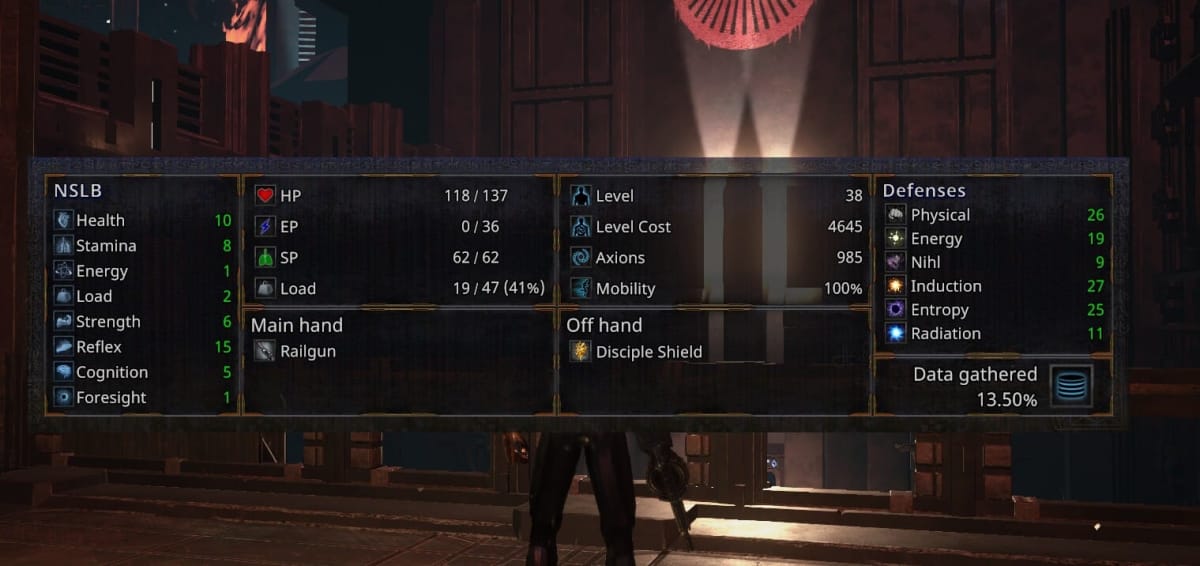
Hellpoint's most innovative element lies in its Orbit Cycle. As time passes, Irid Novo’s orbital position around the black hole changes. In certain alignments, special effects can be triggered. During certain phases, secret doors can open, enemy behaviors can change, and special challenges can appear. These challenges can range anywhere from hidden bosses to swarms of enemies. Victory often comes with some sort of item as a prize. If they continue to add more phase-based content, these special encounters could account for many of the game’s most satisfying challenges. A lot will ultimately depend on how heavily the black hole cycle is featured (and how well it’s implemented).
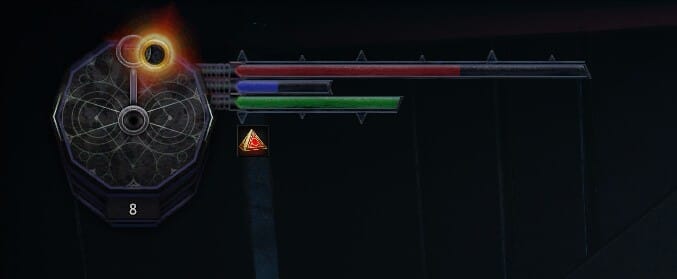
What We’d Like to See at Hellpoint's Release
Overall, even if it's rough around the edges, Hellpoint shows a lot of potential. There are a few things we’d really like to see at release. Diversity among end game areas and gear would go a long way in keeping the experience fresh. The smooth, well-implemented co-op doesn’t break the difficulty curve would be a game-changer, too. It’s hard to build satisfying co-op in games that emphasize difficulty, so it could really help Hellpoint shine. Lastly, we’d love to see a lot of orbit-related areas and encounters. This is by far the most striking design element, and if Cradle can elevate it above the level of a shallow gimmick, we may end up with a surprisingly deep experience.
Between the clearcut combat, the unique orbit mechanic, and its focused aesthetic, Hellpoint has a surprising amount of charm. It takes heavy inspiration in many places but adds its own flavor here and there. In the end, we’ll have to wait and see if it delivers on its potential.
TechRaptor previewed Hellpoint on PC via Steam with a code provided by the developer. The game is scheduled for release on PC, MacOS, Linux, Nintendo Switch, PlayStation 4, and Xbox One on April 16th, 2020.
Previews you can trust: To ensure you're getting a fair, accurate, and informed review, our experienced team spends a significant amount of time on everything we preview. Read more about how we review games and products.
Have a tip, or want to point out something we missed? Leave a Comment or e-mail us at tips@techraptor.net
